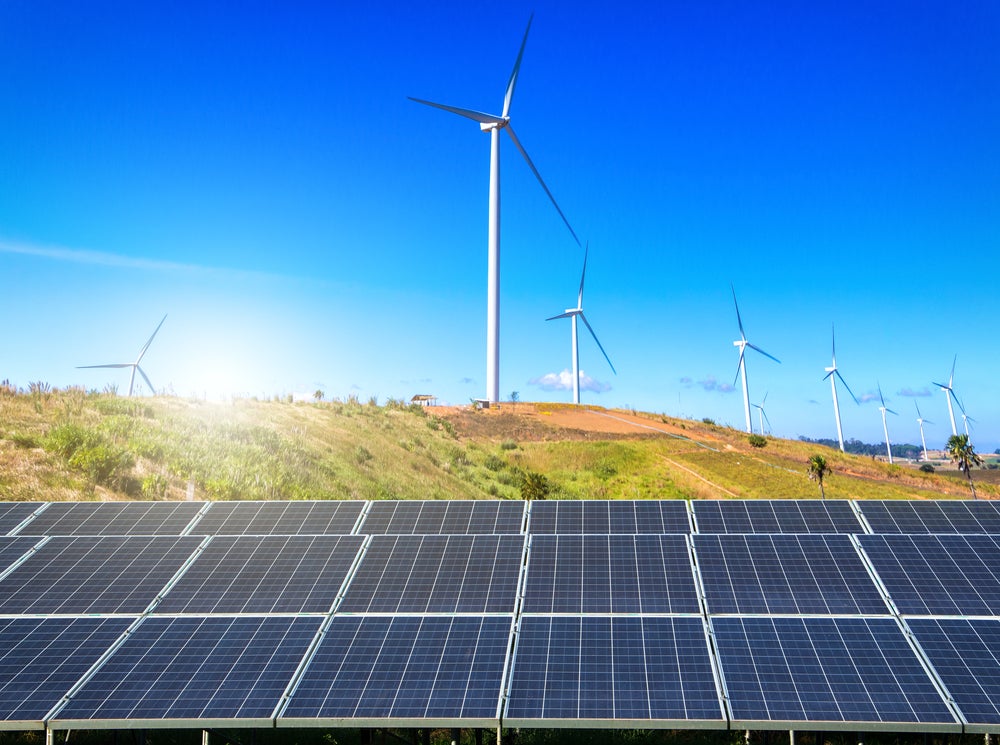
In August, Swiss food processing and packaging company Tetra Pak, a subsidiary company of Tetra Laval International SA, published the 23rd edition of its Tetra Pak Annual Sustainability Report detailing the success achieved through its operations.
In an exclusive interview Tetra Pak’s global vice president of collection and recycling, Christine Leveque told Packaging Gateway the company’s first sustainability report was compiled in 1999. Since then it has collected data and reported on its energy use and greenhouse gas emissions (GHGs), which have been audited by an independent third party since 2013.

Driven by stakeholders, customers, and the environment Tetra Pak performs its own regular checks and seeks feedback from outside the organisation.
“We regularly conduct what we call a formal material assessment process. Last year we worked with Accountability, an independent ESG advisory firm to review the 2019 results of our latest material assessment and to update the topic definitions and the priorities that we need to address in the report.”
Leveque explained this year’s report was compiled using Tetra Pak’s three mottos; food, people and the planet, with an extra emphasis being placed on concrete examples of what can be achieved.
Carbon reductions
Cutting GHGs remains a global battle with businesses across all sectors looking at how they can cut carbon emissions. Tetra Pak’s annual sustainability report noted a 36% reduction in greenhouse gas emissions linked to its operations. One factor in this was having 80% of the company’s energy coming from renewable sources.
“We did this by greening the energy, which means using thermal energy and electricity in our factories. Last year we doubled the number of solar panels installed on our factory roofs. We now have an installed capacity of a bit more than five megawatts and this year we have ongoing projects to again double our installed capacity of solar panels.”
Investment and innovation are key to sustainability
Leveque agreed with industry experts that innovation is key to a sustainable future in packaging. She stated that innovation is at the heart of Tetra Pak’s efforts and she believes digital technologies will help in fields such as circularity, to close the loop and identify packages better, helping the consumer to sort them for recycling.
“Beyond that, last year we spent EUR100m (US$99m) in research and development (R&D) costs to really work on the ideal sustainable packaging that we’re aiming for. The one you know of today contains 70% fibres, polymers and sometimes aluminium for ambient conservation.
“Our people in R&D are really working on making the future of packaging as simple as possible in structure, as low carbon as possible and increasing the amount of renewable content going into a new innovative fibre-based barrier, allowing them to replace the aluminium in our packaging.”
Recycling and paper collection
In order for businesses to implement the use of renewable materials, there has to be a focus on the collection of them to be kept within a circular economy. With this being of grave importance, last year Tetra Pak invested US$40m (EUR40m) into collection and recycling. Leveque said that Tetra Pak is committed to spending the same, if not more over the next three years.
“It is a lot and not a lot at the same time. There is so much to do in this field but you can only recycle what is collected.”
Tetra Pak has 70 employees across the world that support the paper mills where cartons are sent to be repulped to extract the cellulosic content and downstream to the recyclers to recycle the plastics and aluminium.
“My colleagues in those markets are really dedicated to that part of the value chain. We can decide whether we co-invest with the paper industry, build new pulping lines for cartons and build new reprocessing lines for the plastics in it. What we cannot decide is whether to collect. Collection is a decision at the level of a municipality of the national regulators who decide what to collect. Instead, we join forces with the packaging industry.”
Sustainability
Leveque said that to run a sustainable practice, there has to be sustainability throughout the whole operations chain. She added that she has had multiple conversations with colleagues on balancing sustainability and low carbon production with circularity.
“When we talk about circularising packaging and closing the loop, whilst we develop innovations and processes to make the packaging completely circular, we must pay attention to how the GHG emissions of those processes compare and balance. At Tetra Pak we want to have a low carbon circular economy. Each time we are investigating a new recycling process, we are careful with our use of energy, water and the impact the recycling process has on the environment.”
Sustainability can often come at a cost and is a factor that affects the packaging decisions of many companies wishing to reduce their impact on the environment whilst running a cost-effective model. Leveque pointed out that sustainability is a part of the business and a value must be placed on it.
Tetra Pak is striving towards reaching worldwide targets of being net zero by 2030. Leveque explained 3% of Tetra Pak’s total carbon footprint is on its own operations. However, the packaging solutions company is also directing its efforts on helping its suppliers and consumers to lower their carbon emissions.




